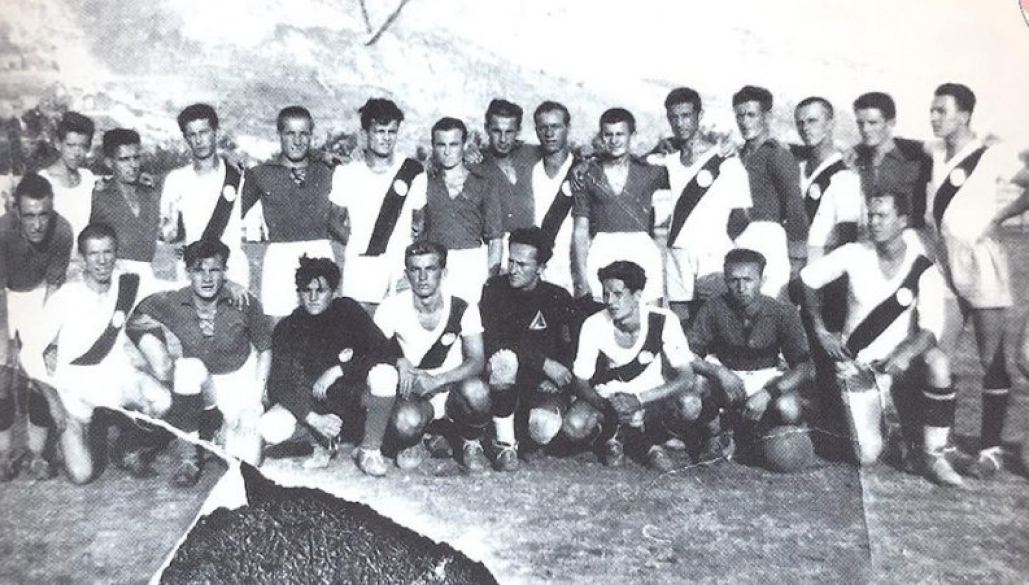CROATIAN SPORTS CLUB ZRINJSKI MOSTAR WAS ESTABLISHED IN 1905 AND IS THE OLDEST FOOTBALL CLUB IN BOSNIA AND HERZEGOVINA
OVERVIEW
In 1905, within the premises of the Croatian Cultural Society Hrvoje in Mostar, Croatian youth, led by Professor Stjepan Kuštreba, founded the “Student Sports Club,” which seven years later, in 1912, evolved into the “High School Football Club” Zrinjski.
By 1914, with the outbreak of the First World War, all societies were banned, including sports activities in Mostar. HŠK Zrinjski resumed its activities in 1922. In the following two decades, dozens of top footballers wore Zrinjski’s jersey, and despite the disruption caused by the Second World War, the club continued its operations and even participated twice in championships organized by the then Croatian Football Association.
Zrinjski played its last friendly match in March 1945, and then, by the decision of the new communist authorities, further activities of Zrinjski were banned due to its national identity.
The club’s activities remained prohibited until the advent of democracy in the early 1990s. Then, after a full 47 years of prohibition, Hrvatski športski klub Zrinjski Mostar was re-established through the formation of the “Initiative Committee for the Preparation of the Renewal Assembly” in Međugorje, and resumed its activities!
The first match after the renewal of operations was played by the Nobles on September 30, 1992, at the Gospin Dolac Stadium in Imotski against NK Croatia Zmijavci. After numerous friendly matches, Zrinjski officially began competing in the competitions organized by the Football Association of Herzeg-Bosnia in 1994.
Since then, Zrinjski has competed in three different leagues – the First League of Herzeg-Bosnia, the Premier League of the Federation of Bosnia and Herzegovina, and since 2002, in the unified Premier League of Bosnia and Herzegovina, always in the highest tier.
The first league title was won in the 2004/2005 season, during our 100th anniversary celebrations, and following this historic title, we have managed to win the league title eight more times (2009, 2014, 2016, 2017, 2018, 2022, 2023), making us the most successful club in the premier league history.
Since 1994, several hundred footballers have played official matches wearing the sash, including Luka Modrić, who later won the Ballon d’Or.
Of course, Zrinjski’s good results domestically have also established the club as a regular participant in UEFA competitions. Since our first appearance in Europe in 2000, we have played more than seventy European matches, and in the 2023/2024 season, we became the first club from Bosnia and Herzegovina to qualify for the group stage of a UEFA competition, namely the UEFA Europa Conference League.
FOUNDING YEARS
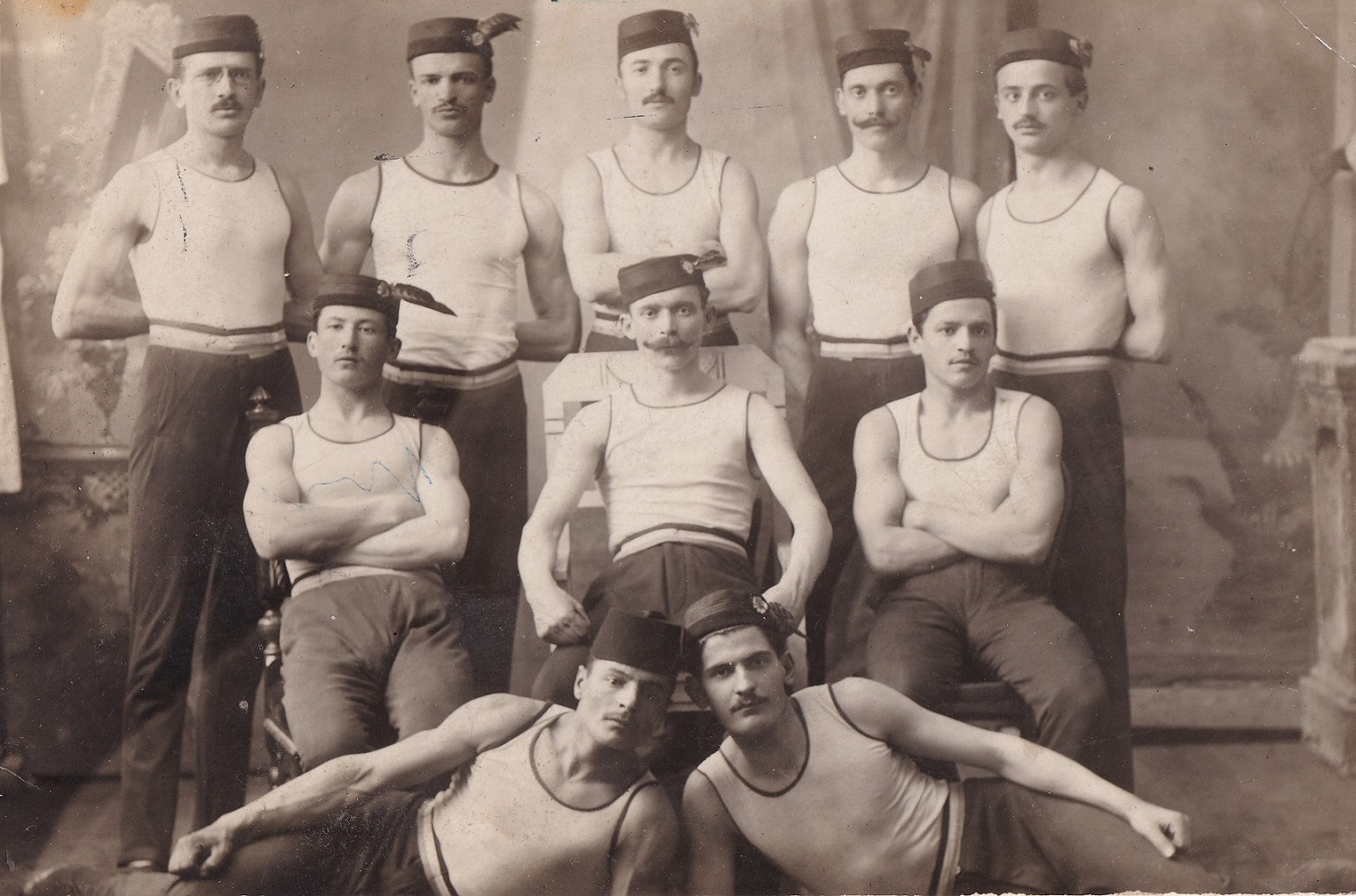
During the Ottoman occupation, social life in Mostar was virtually nonexistent. The situation changed with the occupation of Bosnia and Herzegovina by the Austro-Hungarian Monarchy, bringing with it the army and bureaucracy, as well as sports, culture, and art.
Typically, shortly after the establishment of any bureaucratic club, the people of Mostar would establish their own society, thus demonstrating a form of resistance and national consciousness. In May 1896, the First Herzegovinian Cycling Society was founded, later renamed Croatian Sokol, as one of the oldest sports clubs in Bosnia and Herzegovina. Croatian Sokol has great significance for HŠK Zrinjski Mostar, as many players had previously passed through the Sokol’s youth teams, and the same individuals sat on the social boards.
Indeed, some of the pioneers of Mostar football came from Sokol when the first ball rolled through the streets and fields of the Herzegovinian center, which happened back in 1903.
Two years later, a native of Zagreb, Stjepan pl. Kuštreba, joined Sokol, and soon after his arrival, in 1905, the work of the Student Sports Club began within the Great Gymnasium, which was the precursor to HŠK Zrinjski.
Football in Mostar quickly fell into crisis, sustained only by students from the lower grades of the gymnasium. It was these students who formalized the work of the Student Sports Club, which in 1912 evolved into the Gymnasium Football Club Zrinjski.
Club member Ivo Ćorić recalls in his memoirs Professor Kuštreba, as well as other first-team players – brothers Bruno and Edmund Novak, Rudolf Brozović, Marko Sutton, brothers Željko and Ante Merdža, Abid Pehlivanović, Slavko Jukić, Ivan Bošnjak, and Karl Schmidt. Alongside Zrinjski, there were several other clubs actively participating in the unofficial championship of Mostar. With the outbreak of the First World War, all societies were banned, leading to the cessation of sports activities in Mostar.
1918. – 1945.
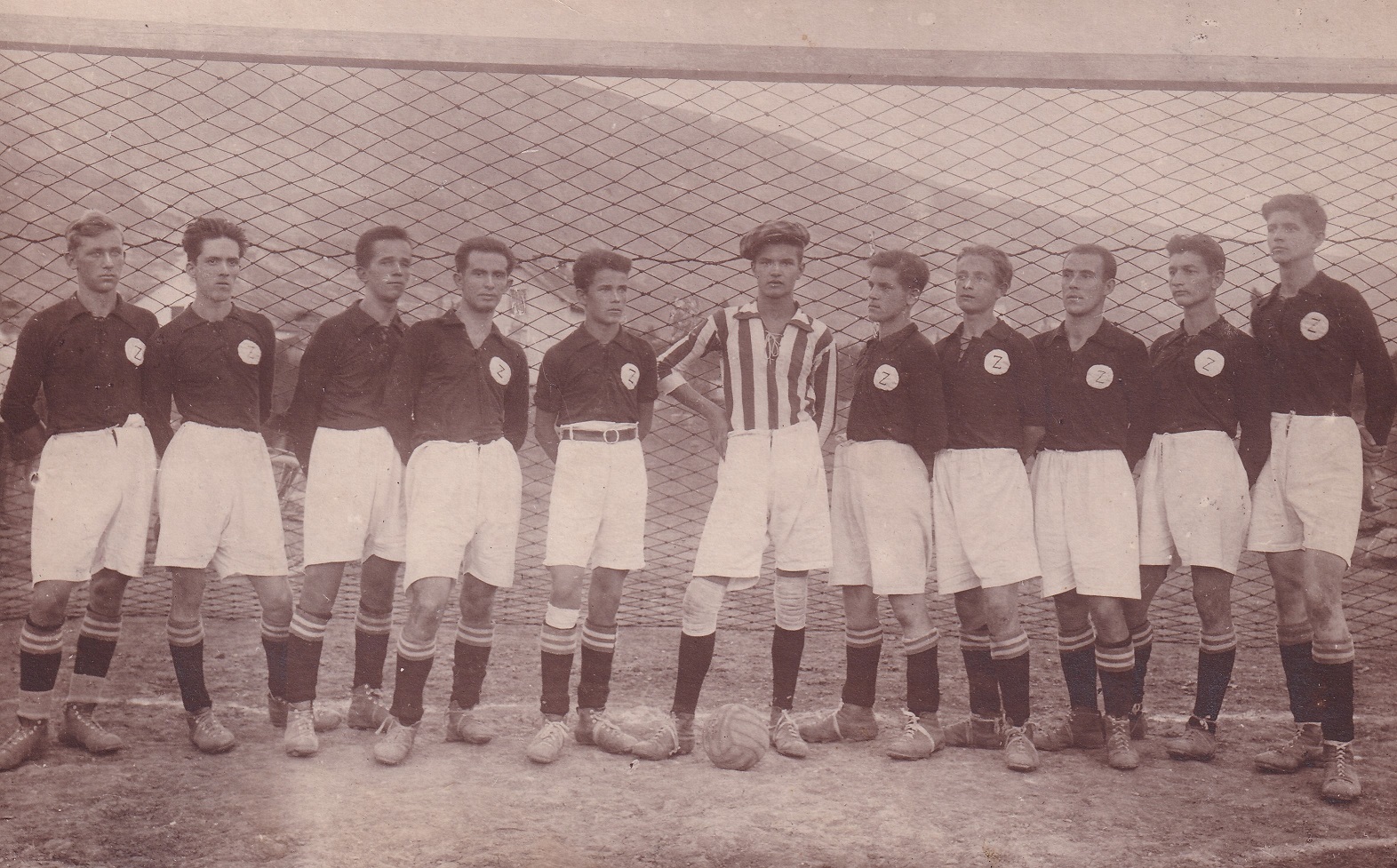
With the establishment of the Kingdom of Serbs, Croats, and Slovenes in early December 1918, players from the former clubs in Mostar formed an initiative committee to establish the Yugoslav Sports Club, which would be the strongest in the city on the Neretva River until 1940.
The Yugoslav Sports Club faced true competition only in the early 1920s when HSK Zrinjski resumed its activities, and RŠK Velež and ŠK Vardar were founded, marking a period of significant football development.
One of the oldest preserved club photographs lists the entire lineup from that period: Vjekoslav Vrančić, Kazimir Vlaho, Živko Bebek, Rudolf Janjušić, Husein H. Omerović, Milivoj Smoljan, Pero Golić, Mijo Miličević, Muhamed Omeragić, August Kučinović, and Franjo Štimac. In the second half of the 1920s, Mostar football experienced its second crisis primarily due to the lack of suitable playing fields.
In the early 1930s, with the emergence of new generations of young men from Mostar, football experienced a resurgence, in which Zrinjski played a significant role. Until the beginning of the Second World War, according to available documentation, dozens of top footballers wore the club’s jersey, and some of them, such as Berislav Komljenović, Đorđe Simić Amerika, Drago Rotim, Mirko Đuka Repac, Alija Šestić, Leo Hrvić, Franjo Rar Novak, and Miroslav Meho Brozović, have great significance for the history of sports in our city.
By the mid of this decade, Zrinjski opened its new playground near Banovinska Hospital, and as early as 1939, a committee was formed to build a modern stadium.
The development plans of the club were disrupted by the Second World War, but despite the challenging circumstances, Zrinjski participated twice in championships organized by the then HNS, which was admitted to FIFA membership on July 17, 1941. Until the end of the war, the club played friendly matches, the last one in March 1945, and then, by the decision of the new communist authorities, further operation of Zrinjski was prohibited.
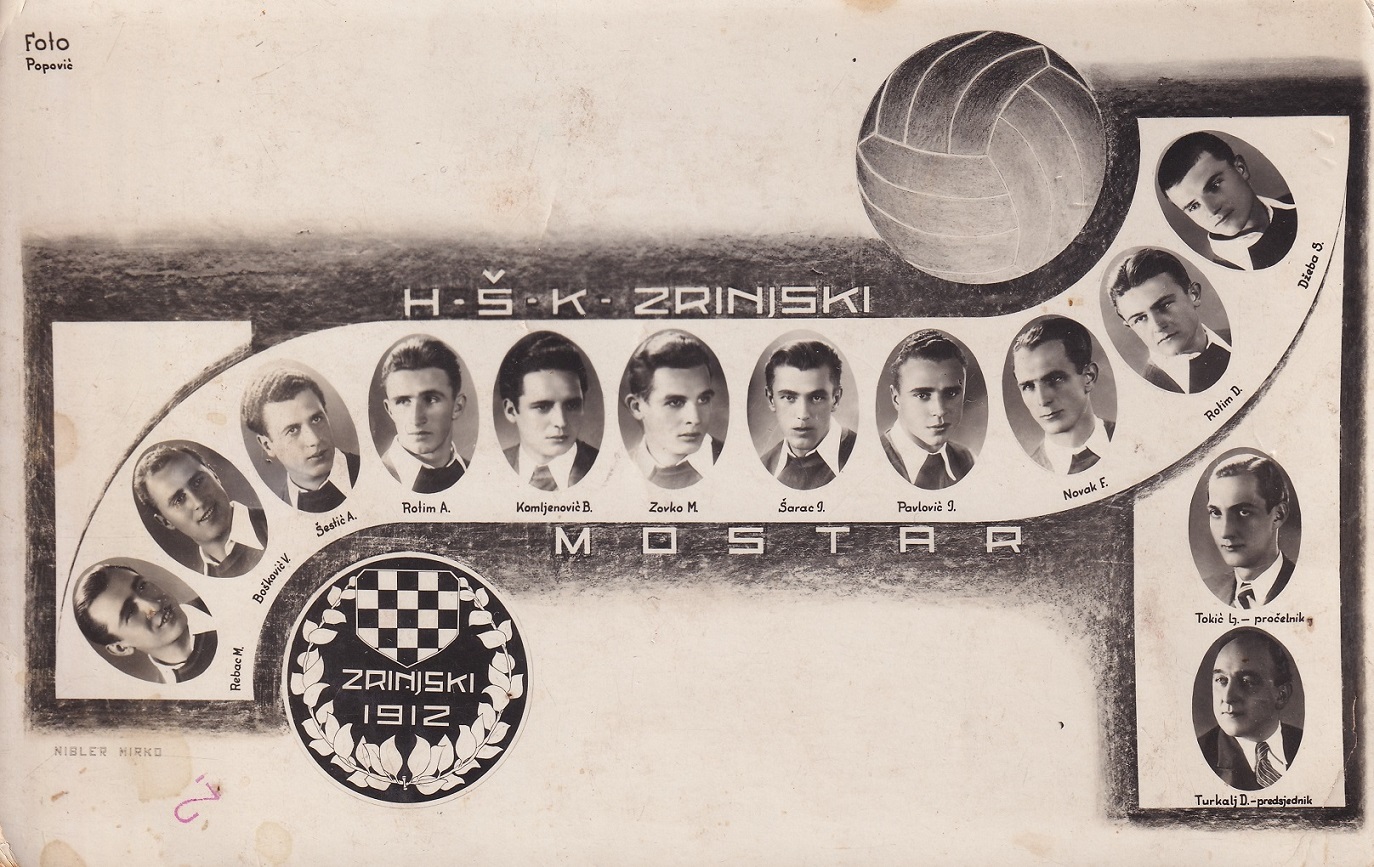
REESTABLISHMENT
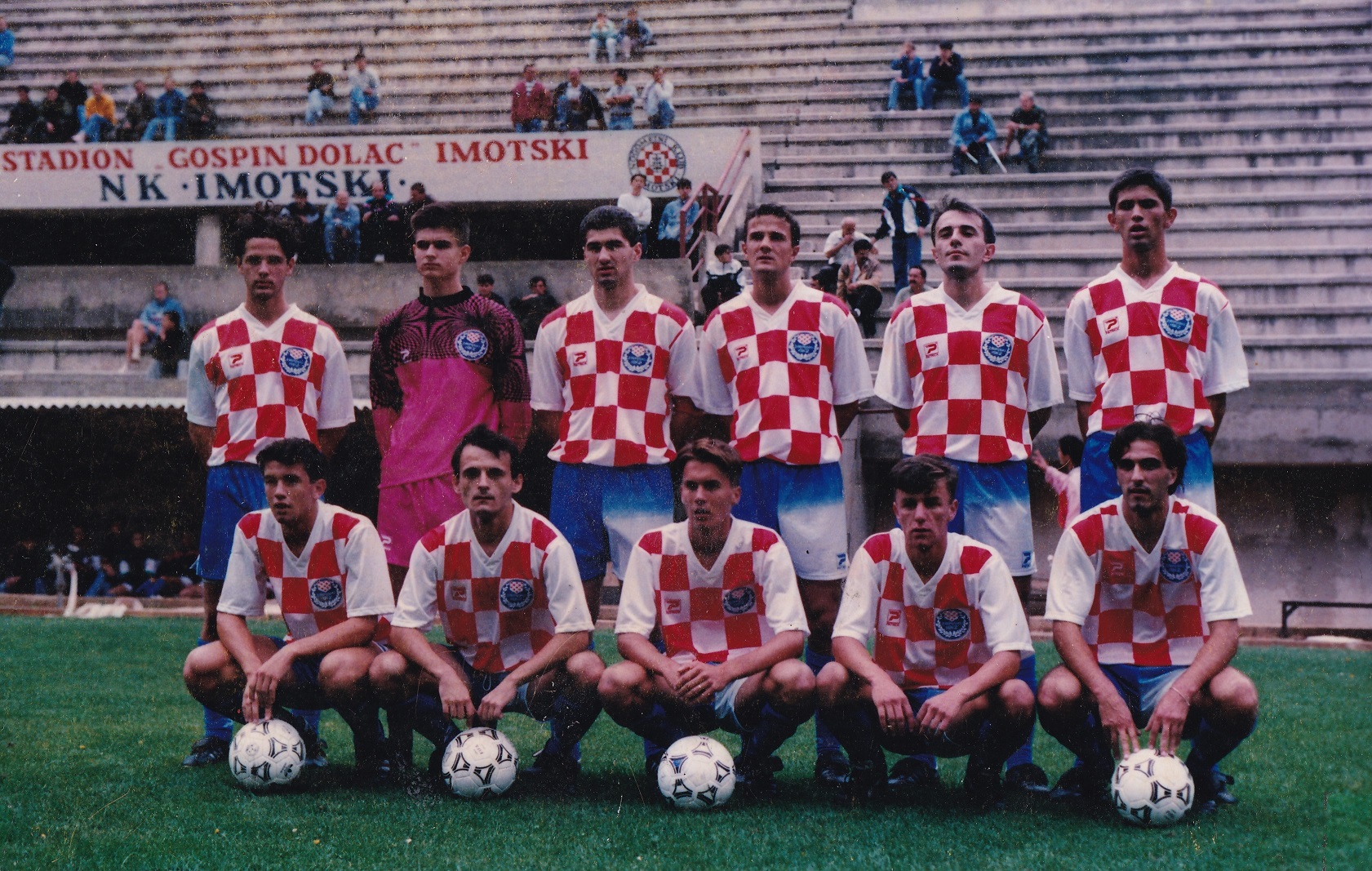
During the rule of the Communist Party, there was a kind of silence regarding HŠK Zrinjski, initially caused by fear, which led the younger generations to be unfamiliar with this topic and to a kind of forgetting.
When democracy knocked on the doors of then-Yugoslavia, the first ideas about restoring the work of Croatian societies, including Zrinjski, emerged. Already in 1991, the idea of restoration was gaining strength, but the organization of the defense of the city pushed that idea into the background.
Bloody months followed in the city on the Neretva River, but in the background, individuals appointed by the war government of Mostar gathered documentation and created conditions for the restoration of former societies. After Mostar and its surroundings were liberated in the action known as the Dawn of June, it was time for more intensive work on those projects, and the former societies, including HŠK Zrinjski, were restored in August 1992.
As Mostar was still under artillery fire at that time, the newly reestablished Zrinjski team went to training sessions in Široki Brijeg, but even those trips posed a great danger to the players and members of the coaching staff. Because of this, the first team was occasionally transferred to Dalmatia, where Zrinjski played its first match after the restoration on September 30, 1992. It was at the Gospin Dolac Stadium in Imotski, and the opponent was NK Croatia Zmijavci.
The team, led by coach Miroslav Kordić, consisted of: Vladimir Vasilj, Slaven Musa, Ninoslav Kordić, Goran Grubešić, Mile Zovko, Tihomir Bogdan, Adis Kodro, Ronald Hrkać, Mario Ivanković, Mario Slišković, and Ivan Oreč.
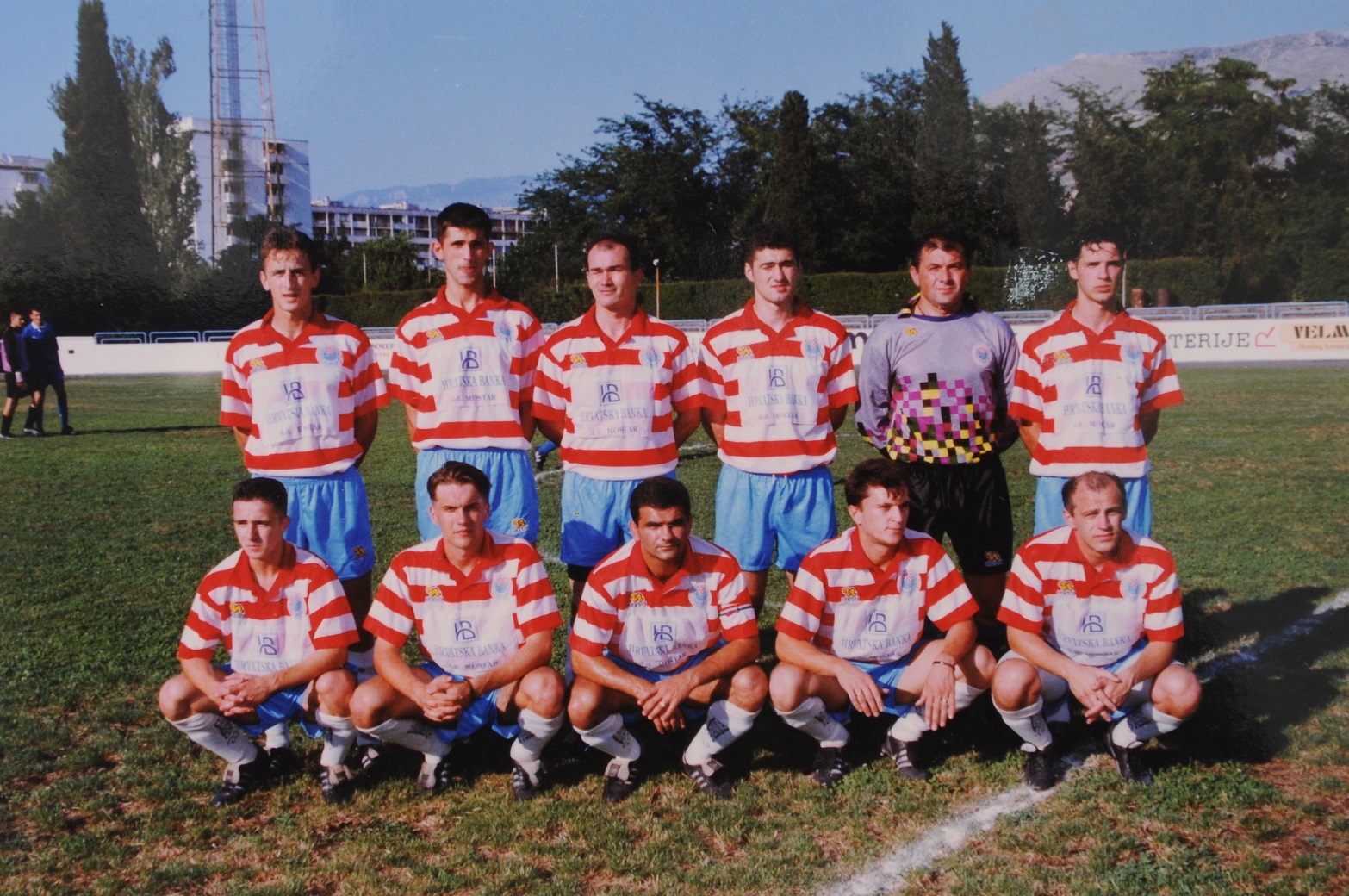
At the end of the following year, the Football Association of Herzeg-Bosnia was founded, which organized competitions until the year 2000 and the establishment of league competitions at the level of the Federation of Bosnia and Herzegovina. HŠK Zrinjski participated in all seven seasons of the First League of Herzeg-Bosnia.
TAKEOFF
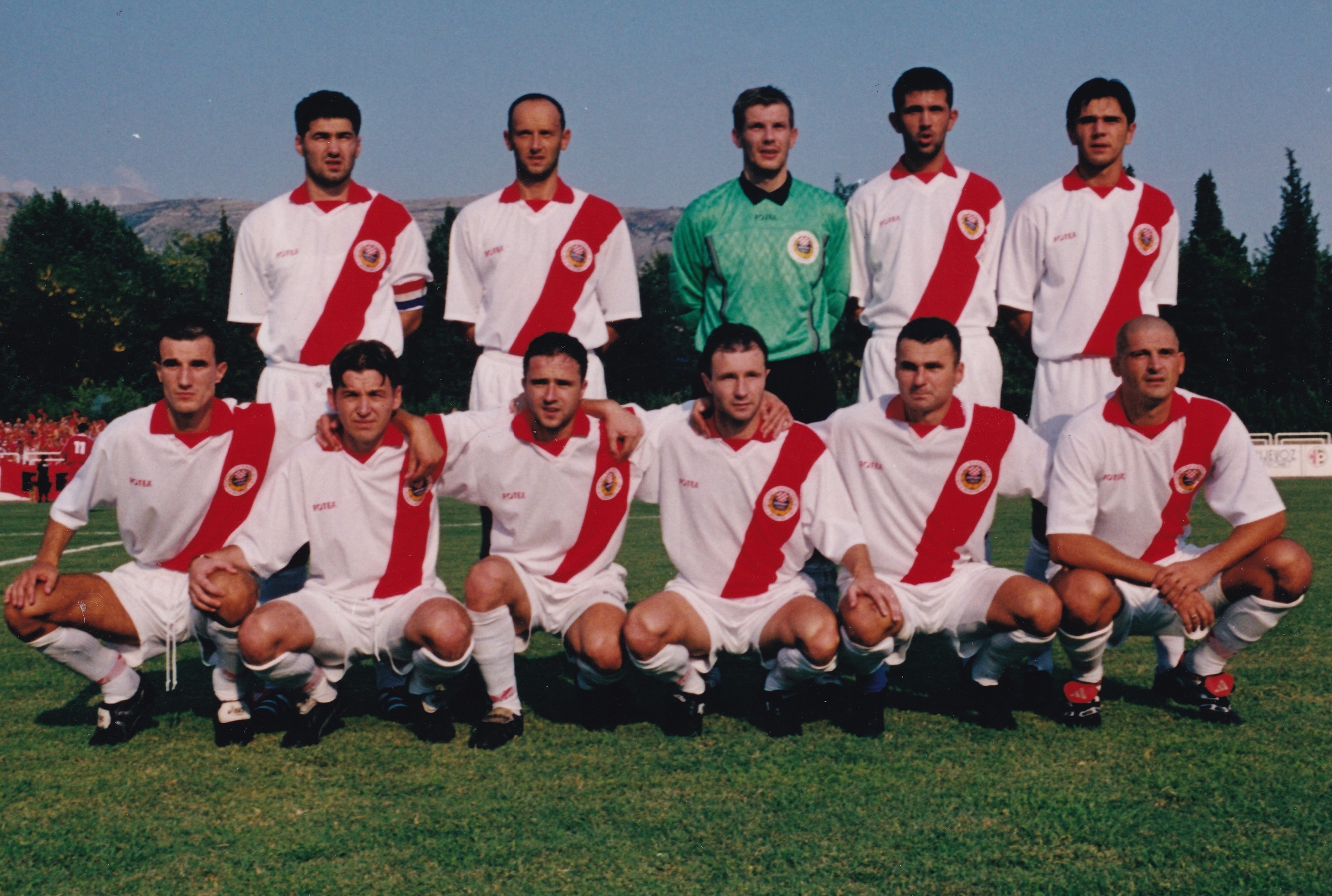
After two seasons in the Premier League of Bosnia and Herzegovina, which consisted only of clubs from the Federation of Bosnia and Herzegovina, the 2002 season marked the beginning of a unified season encompassing the entire territory of Bosnia and Herzegovina. HŠK Zrinjski was one of only four clubs (FK Sarajevo, NK Široki Brijeg, FK Željezničar) that participated in the top tier of national football every season.
In the 2004/2005 season, during which the Plemići celebrated their 100th anniversary, Zrinjski, under the coaching of Franjo Džidić, secured their first championship title. Following this success, they went on to claim seven more league titles (2009, 2014, 2016, 2017, 2018, 2022, 2023), becoming the most successful Premier League club in history with eight titles. Additionally, they secured the national cup twice (2008, 2023).
Apart from their eight titles, HŠK Zrinjski boasts numerous Premier League records and holds the record for the highest number of points on the all-time table.
In addition to their domestic achievements, HŠK Zrinjski has made a mark in UEFA competitions. Their inaugural appearance was in 2000 in the Intertoto Cup, where they were halted by the Swedish representative Västra Frölunda. Since winning their first title in 2005, they have become regular participants in European competitions.
Today, it is with great pride that we note over seventy European encounters, making us the Bosnian-Herzegovinian club with the highest number of victories (27) in UEFA competitions. Furthermore, we are the first club from Bosnia and Herzegovina to secure a place in the group stage of a UEFA competition, namely the UEFA Europa Conference League (2023/2024).
Over the past 30 years since its revival, our club has traversed a challenging path, always striving to advance football in Bosnia and Herzegovina. Currently, our trophy cabinet proudly displays eight national championship titles, making us the most decorated club in the country, along with two national cups. These achievements, coupled with our European endeavors, underscore our commitment to excellence and the representation of our club and city on the international stage.
TROPHIES
8
Championship titles in Bosnia and Herzegovina
3
Bosnia and Herzegovina Cups
2005.
Champions of Bosnia and Herzegovina
2008.
BiH Cup Winners
2009.
Champions of Bosnia and Herzegovina
2014.
Champions of Bosnia and Herzegovina
2016.
Champions of Bosnia and Herzegovina
2017.
Champions of Bosnia and Herzegovina
2018.
Champions of Bosnia and Herzegovina
2022.
Champions of Bosnia and Herzegovina
2023.
Champions of Bosnia and Herzegovina
2023.
BiH Cup Winners
2024.
BiH Cup Winners

